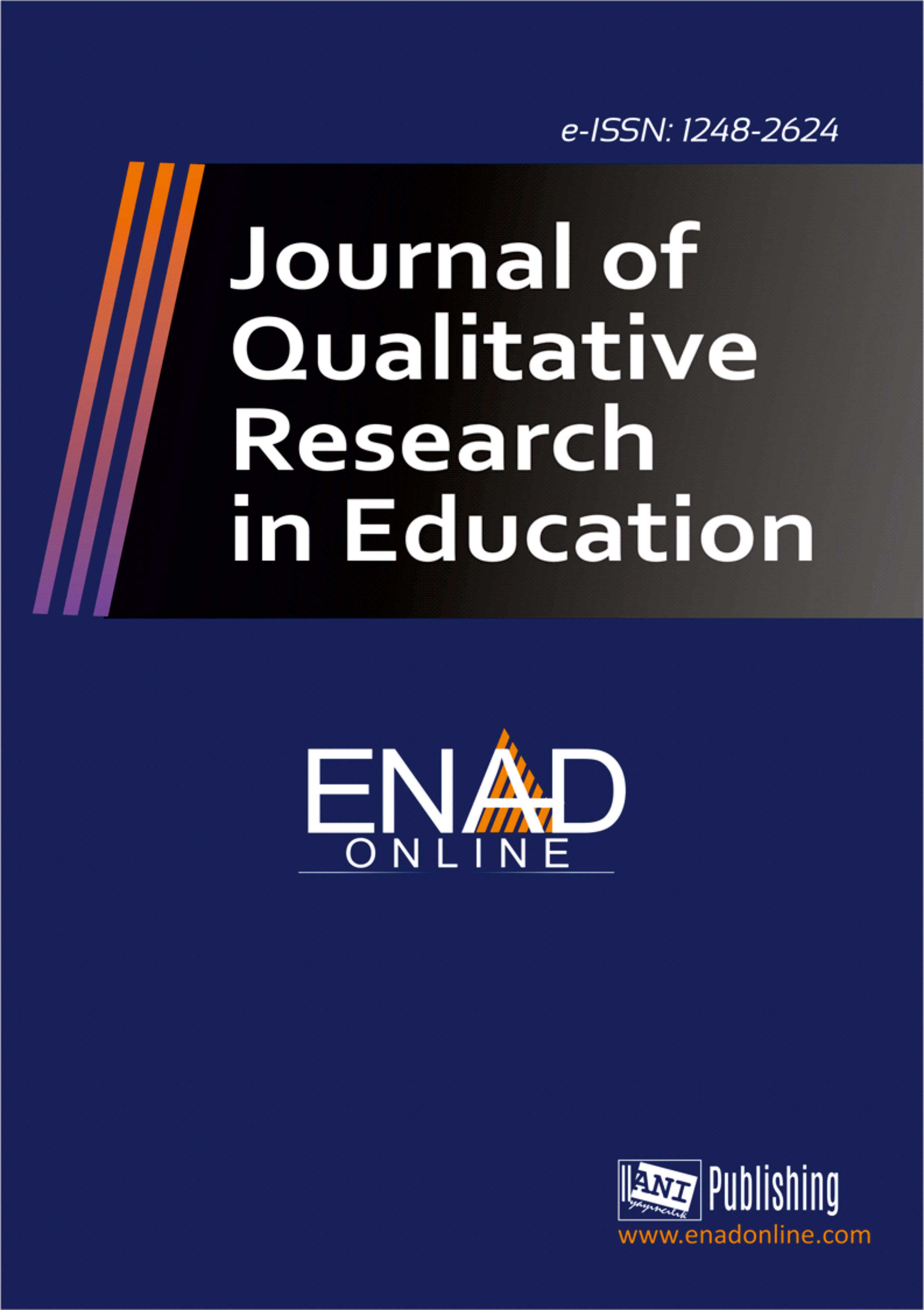Development of Instructional Material for Multitouch Screen: Process and Recommendations
DOI:
https://doi.org/10.14689/issn.2148-2624.1.7c1s.9mKeywords:
Multitouch screen, design principles, formative research, technology enhanced learning environment, in vivo naturalistic caseAbstract
The purpose of this study is to identify the critical issues of design of instructional materials developed for multitouch screen regarding to examine the experiences and views of students. Participants, 26 males and 23 females, are 6th grade level students. The research was conducted in vivo naturalistic case procedure, a type of formative research. Students’ interviews, observation and thinking aloud during application are as data source. Data were collected from students in three application periods. Iterative process was followed for study and the outputs of applications were the input of next prototype. After the third application, the participants’ satisfaction was ensured and developments were ended. In conclusion, the important issues to be considered in the design of instructional material developed for multitouch screens are listed under the three groups: instructional designers and developers, teachers while using in classroom and researchers taking their agenda. Defined criteria are expected to guide for these people for their study.
Downloads
Published
How to Cite
Issue
Section
License
Copyright (c) 2022 Journal of Qualitative Research in Education

This work is licensed under a Creative Commons Attribution-NonCommercial 4.0 International License.




